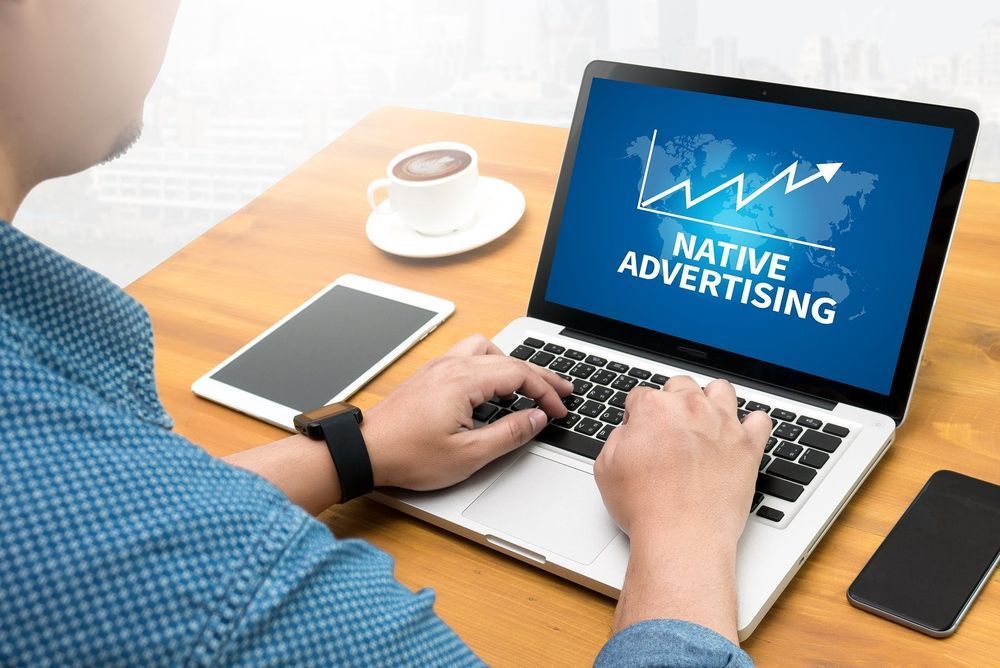
Updated: 12/2025
Digital native marketing has been around almost as long as the internet itself, and even though sponsored content has taken on a lot of different permutations over the years, one thing is certain: This type of advertising is continuing to grow at a massive rate. According to Business Insider, native advertising will drive 74 percent of all ad revenue by 2021, which is truly a staggering number. With so much competition, it's easy for marketers to feel the pressure when it comes to this popular marketing method. However, by observing some interesting new trends in native advertising, marketers can stay ahead of the curve and ensure that their efforts don't get lost in the shuffle.
1. Build Credibility
Identifying a brand voice as one of trusted expertise is important to today's consumer. Brands can use native advertising to establish their position as a thought leader and allow their spokespeople to shine in quotes within pieces that provide valuable knowledge to readers. Good faith delivery of solid and helpful information creates good will among readers/consumers and introduces or reinforces a brand as a generous expert, willing to share for the reader's benefit.
2. Leverage Mobile
In a world where the vast majority of content is delivered via mobile devices, mobile-friendly native marketing is no longer optional. According to Forbes, mobile web traffic is projected to grow by almost 800 percent in the next year. To take advantage of this overwhelming trend, marketers must optimize not only their social campaigns but their display content, as well.
3. Clearly Label Content
Recent studies have shown that customers who accidentally click on native advertising aren't as apt to convert if the article they read or the video they watched is not clearly marked as sponsored content. In fact, a survey from Contently noted that more than half of respondents said they felt deceived after learning the unmarked content they consumed was brand-sponsored.
While it may seem counterintuitive, considering the history of native advertising and its ability to blend in with surrounding content, clearly labeling native ads is mandatory, not just for a continued positive response from readers, but to maintain good faith in digital advertising and be in compliance with the Federal Trade Commission (FTC). The Interactive Advertising Bureau (IAB) has also set guidelines for clearly labeling native content as sponsored content.
Consumers know that commercials on TV during their favorite shows are advertising, and they know that sponsored posts in their Facebook news feeds come from brands, but that knowledge doesn't make the advertising method any less effective. As native advertising becomes increasingly prevalent, it'll be in brands' best interests to label it clearly.
The world of native marketing is constantly evolving, and by keeping these trends in mind, marketers can stay one step ahead.







